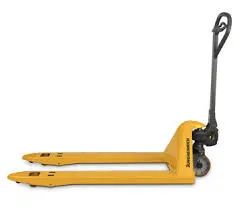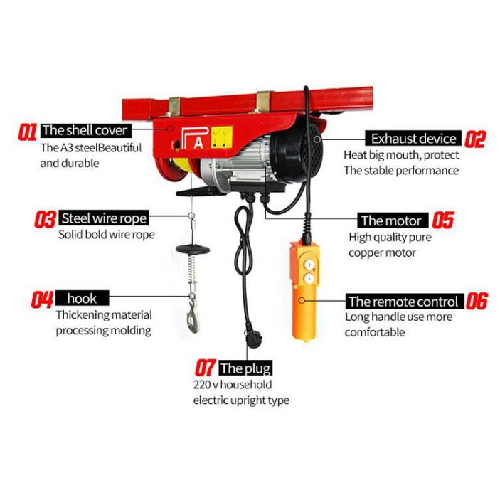Chain pulley blocks, also known as chain hoists, are integral tools in various industrial and construction settings, providing a mechanical advantage for lifting heavy loads. Their efficiency and reliability have made them the go-to solution for countless professionals seeking effective load management solutions. Understanding how chain pulley blocks work is essential for maximizing their potential while ensuring safety and precision in operations.

Chain pulley blocks operate through a simple yet effective mechanism that involves a combination of a metal chain, gears, and a pulley system. At the core of the system is the hand chain, which the operator pulls to initiate the lifting process. This action turns a gear system that amplifies the operator's input force, allowing for the lifting of heavy loads with minimal manual effort.
The mechanism consists of two main chains - the hand chain and the load chain. The hand chain is looped around a wheel with pockets, designed for smooth operation when pulled by the user. This rotation engages the internal gear mechanism, transferring force to the load chain. The load chain, made from high-tensile strength alloy steel, is designed to handle significant weight and stress, ensuring the safe transport of heavy objects.

Safety features are a crucial component of chain pulley blocks, adding to their trustworthiness.
Most modern chain pulley blocks are equipped with a load brake to prevent accidental drops. These brakes engage automatically when the lifting action ceases, securing the load in place. This is achieved through a ratchet and pawl mechanism that prevents the reverse motion of the gear when a load is suspended.
Chain pulley blocks are also designed to be versatile and portable. They can be easily moved and attached to various anchoring points via hooks at the end of the load chain, making them suitable for diverse environments. Whether used in warehouses, for construction purposes, or during assembly processes in manufacturing, their adaptability is vital for seamless operations.
chain pulley block working
From an expert perspective, selecting the right chain pulley block involves considering the weight capacity, lift height, and operating environment. Ensuring that the chain block's capacity exceeds the maximum weight of loads prevents overloading and extends the tool’s lifespan. Regular maintenance checks, such as inspecting the condition of the chains and gears, are essential to maintain the equipment's authority and reliability over time.
Professionals often emphasize the importance of training for operators to ensure effective and safe usage. Understanding the chain pulley block's operational limits and safety mechanisms is vital for minimizing risks and maximizing throughput. Adhering to standardized operating procedures and safety guidelines further enhances trustworthiness and builds a culture of safety among users.
Economic viability is another crucial aspect. Chain pulley blocks are cost-effective compared to other heavy lifting machinery, making them an attractive option for businesses looking to optimize their lifting operations without incurring significant costs. They also require minimal maintenance compared to more complex machinery, reducing downtime and operational costs.
In conclusion, chain pulley blocks represent a blend of simplicity and technical efficacy, embodying reliability and safety in material handling. Mastery of their working principles, along with adherence to safety and maintenance protocols, ensures that they remain indispensable tools in various industrial scenarios. By understanding and leveraging their mechanics, businesses can achieve efficient and cost-effective lifting solutions, reinforcing the chain pulley block's role as a pivotal component in material handling and logistics operations.








